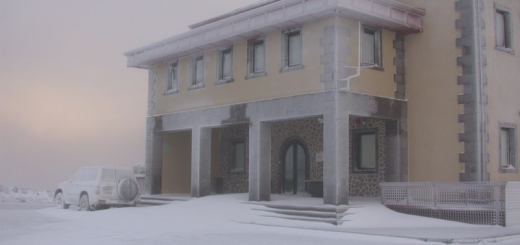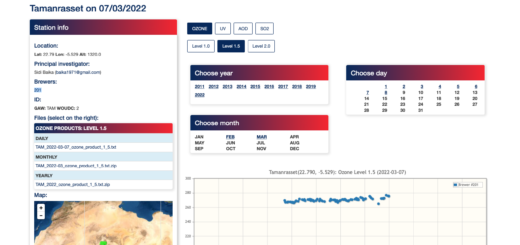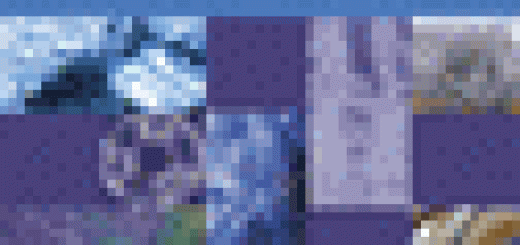New paper: column water vapor determination in night period with a lunar photometer prototype
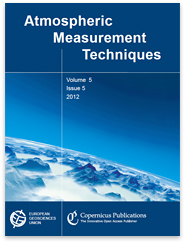
Water vapor is the most important atmospheric greenhouse gas. The information of this atmospheric parameter is commonly referred to the water vapor contained in a vertical column of unit cross-sectional area extending between two specified levels, or Precipitable Water Vapor (PWV). Nowadays there are indications that the amount of the PWV in our atmosphere is changing in a few tenths of mm per decade. So, a high quality worldwide long-term PWV monitoring is essential. PWV is currently observed by means of techniques such as satellite platforms, which obtain a global picture of PWV distribution but with poor temporal resolution and point discrimination; Global Positioning System (GPS), with a significant precision limitation in dry regions; or sun-photometry, with high temporal resolution and simplicity but restricted to the light period.
The Journal Atmospheric Measurement Techniques Discussions has published a paper that uses the new lunar photometer recently presented in Barreto et al. (2012) to extend and characterize the PWV evolution at nighttime. It certainly provides us the opportunity to infer PWV in a quasi-continuous way, avoiding the real handicap of the sun-photometry. This new instrument, developed by Cimel Electronique, was tested at the Izaña Atmospheric Research Center in the period July-August, 2011, and calibrated using the Lunar Langley Method. This calibration technique, introduced by Barreto et al. (2012), uses a lunar irradiance empirical model (RObotic Lunar Observatory, ROLO) to estimate the exoatmospheric lunar irradiance at every time and wavelength. Water vapor transmittances were simulated by means of MODTRAN 4.0 radiative transfer code using 153 nocturnal vertical soundings launched from AEMET Güímar station, and thus used to infer the local vertical distribution of atmospheric water vapor. Two different band filters centered within the water vapor absorption band were mounted into the instrument, both with an approximate bandwidth of 10 nm. Filter #1, centered at 938 nm, is the current band filter used by the AErosol RObotic NETwork (AERONET) CE-318 sunphotometers, with a transmissivity up to 0.7 and an important out-of-band contribution. Filter #2 is characterized by a flat transmissivity response close to 1 at central wavelengths (≈ 937 nm), with a negligible out-of-band radiation effect.
The preliminary Lunar Cimel (LC) PWV results were compared to nocturnal GPS and radiosonde (RS92) data. This comparative study was complemented using quasi-simultaneous daytime PWV from Cimel AERONET (CA), GPS and RS92.
The main results of this paper are:
– PWV from LC (filters #1 and #2) and GPS correlates quite well (Fig.1), showing linear regressions similar to those retrieved by means of diurnal data (GPS vs. CA).
– Very low PWV differences were found between LC-Filter #2 and GPS (0.01 cm) meanwhile differences found between LC-Filter #1 and GPS were > 0.18 cm. This overestimation in PWV extracted from LC-Filter #1 and the good performance of LC-Filter #2 were also confirmed in the LC/RS92 comparison.
– The systematic differences in PWV obtained for both LC filters show the importance of the out-of-band radiation effect on lunar photometry.
This work proves the ability of the new Lunar Cimel to perform accurate nocturnal column water vapor measurements, comparable to the accuracy of other similar techniques. In addition, the use of improved interference filters with higher transmission responses are proven to reduce considerably the inaccuracies in PWV determination at nighttime. Since lunar photometry is affected by more important inaccuracies than sun-photometry, the use of enhanced bandpass filters is essential to obtain accurate PWV with a precision similar to diurnal AC measurements.
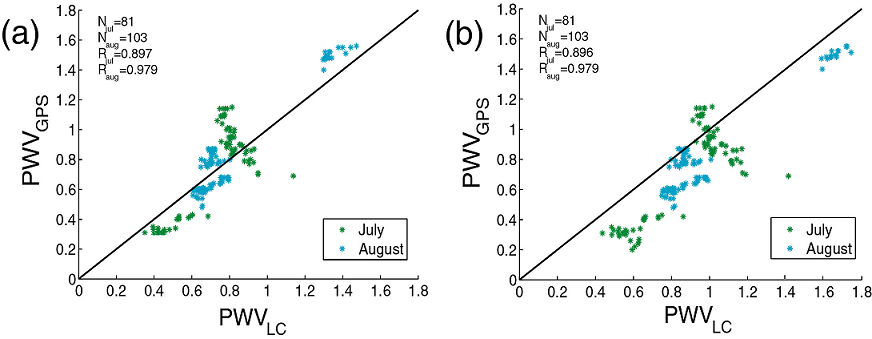
Fig. 1: PWV-GPS (cm) versus PWV-LC (cm) for LC channels centered at (a) 937 nm and (b) 938 nm. The number of pairs as well as the correlation coefficient (R) for each month have been included.
Further details about this study can be found in the on-line paper:
A. Barreto, E. Cuevas, B. Damiri, P. M. Romero, and F. Almansa, Atmospheric Measurement Techniques Discussions, Special Issue “Observations and modeling of aerosol and cloud properties for climate studies” (2013).
http://www.atmos-meas-tech-discuss.net/6/767/2013/amtd-6-767-2013.html

